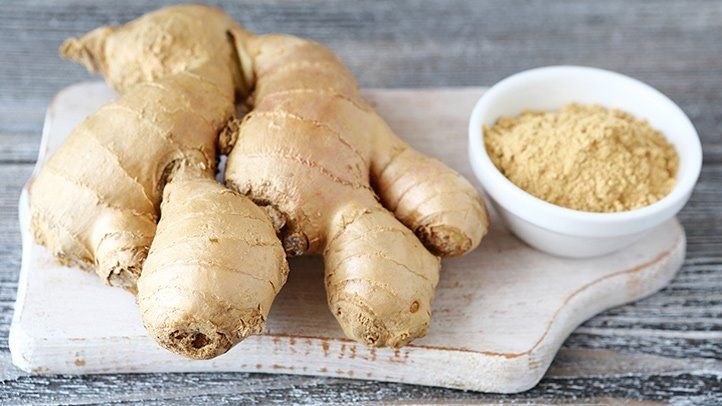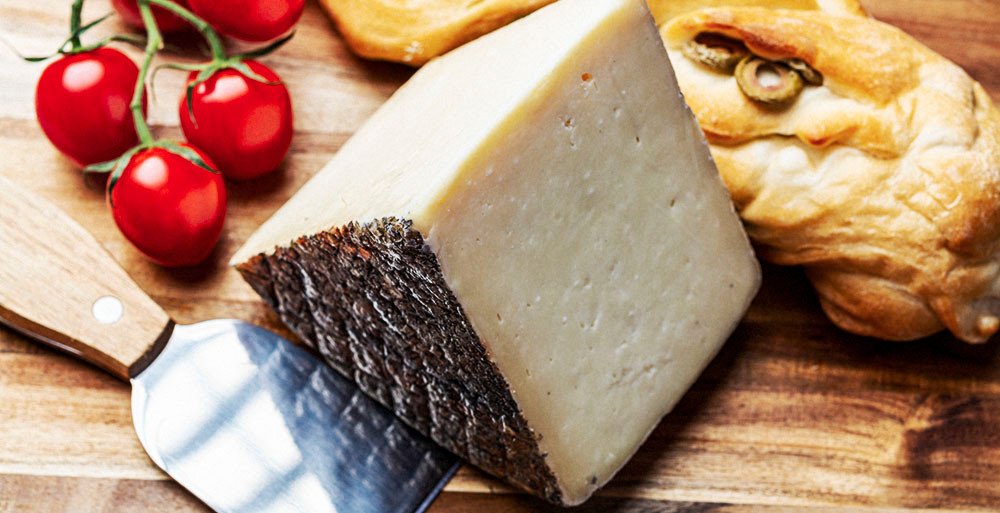It’s a nutritious ingredient often used to substitute wheat flour in case of gluten intolerance. There are numerous ways to make use of rice flour at home. It can be used for baking to make fried food to thicken sauces or gravy. Rice flour is a staple ingredient frequently utilized in Asian food preparation. It has been gaining popularity in recent times because it is gluten-free. It is the most recommended choice for those suffering from gluten intolerance and people with celiac disease.
Rice flour (also rice powder) is a kind of flour made from milled rice that has been finely milled. It is prepared from the husk of paddy or rice, then removed to get uncooked rice. Then, it is crushed to create flour. Rice flour is made from brown or white rice.
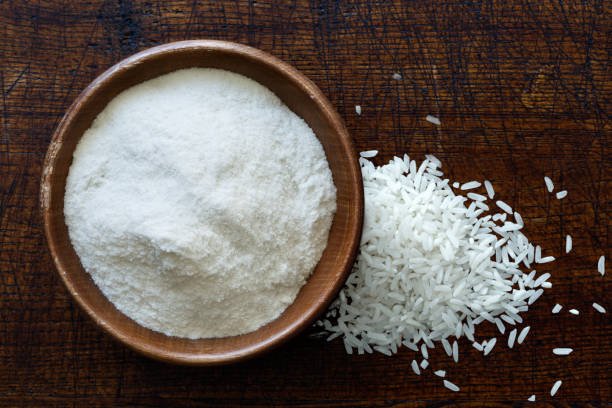
Alternatives and Substitutes For Rice Flour
If someone doesn’t have access to rice flour or is sensitive to rice, you can substitute it with the following flours to achieve similar results.
Cornstarch
Cornstarch is an excellent substitute for rice flour, and it is nearly equivalent to it. Cornstarch, which is gluten-free and has a less bitter taste than rice flour, can be used to replace it. Although cornstarch flour isn’t the best for baking, you can still use it with other ingredients to create the desired binding effect. You can use equal amounts of cornstarch for baking and frying. However, the process of thickening sauces is slightly different.
You can use rice flour to make a delicious cooking sauce for various mushroom dishes, yams, potatoes, non veg items and other food recipes like fritters etc. On the other hand, cornstarch needs to be mixed in with water or another liquid that is either at room or cold temperature. This is called a cornstarch slurry. You can whisk the slurry into any liquid for instant thickening power, and your slurry will split if it sits for too long.
Before adding to your recipe, give the slurry a good mix. It is great for thickening, baking and frying. Cornstarch can be used to coat your chicken, potatoes and pork chops. Once it’s fried, you will get a crispy texture.
You must add a little water first, then filter the cornstarch slurry into your gravy. Let it simmer on low heat until it thickens to your taste. Cornstarch can be used to substitute rice flour in a 1:1 ratio. Make sure you mix the cornstarch in a slurry before adding it to your sauce or gravy.
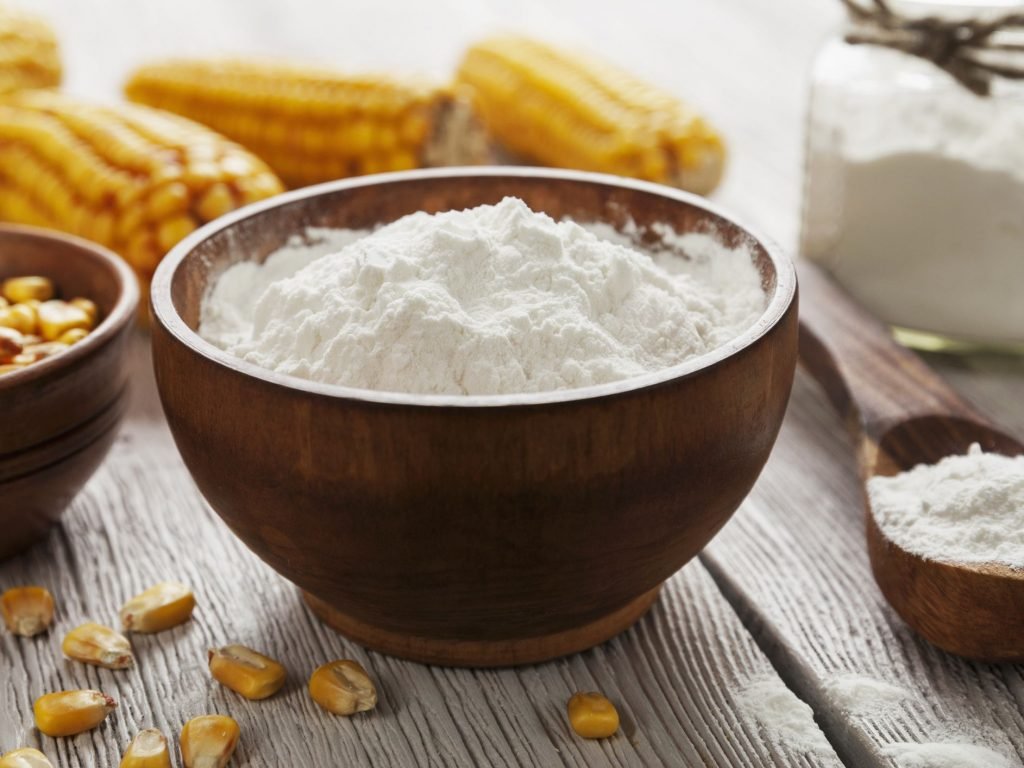
Sorghum flour
Sorghum flour is gluten-free safe for those who can’t eat gluten. Sorghum flour is best used to substitute rice flour in baked goods. The only drawback with sorghum flour is its mild bitterness, and many people believe it tastes best when combined with other flours.
This gluten-free cereal grain is light brown with a smooth texture. It’s used commonly to make waffles and muffins as well as cookies. To enhance the taste of your food, you can mix sorghum flour and other flour. It can increase the formation of CO2 bubbles, which gives cakes a softer, spongier, and more moist texture.
You can mix sorghum flour with other powders, but it should not be the main ingredient. If the total mixture is greater than 20%, it can cause the dish to be bitter. This stand-in can be mixed with cornstarch, millet flour, or other gluten-free powders to increase your dish’s nutrition.
Sorghum flour is high in protein and can help to provide structure. This property allows cakes and bread to rise in baking. It is, therefore, a better choice than rice flour for wheat flour substitutions. When making bread, sorghum flour is the best alternative to rice flour.
It’s readily available and can be purchased at any grocery store in your area. It is also rich in nutrients. Sorghum flour is one type of flour that has antioxidants. It is recommended for people with diabetes.
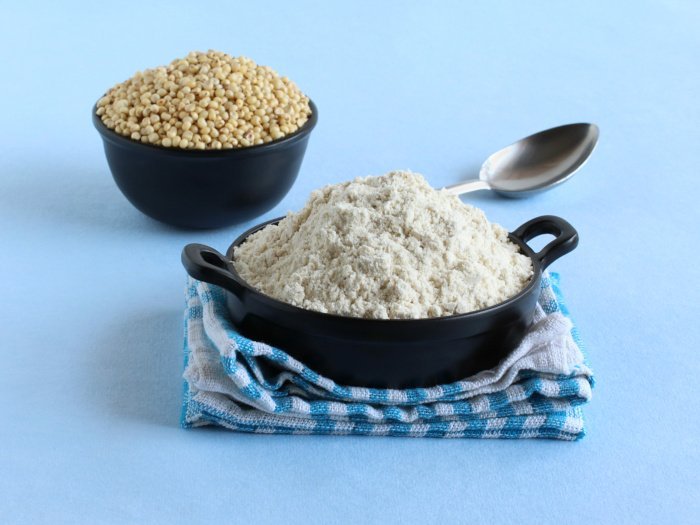
All-Purpose Flour
All-purpose flour can be used as a substitute for white rice flour. All-purpose flour is made from a mixture of both hard and soft wheat. Strong wheat flour can be used for baking bread, pasta, and pizza, and soft wheat flour is used to make cakes or biscuits.
It allows you to do both without buying too many different types of flour. All-purpose flour typically contains 12% to 15% gluten, but there are still some gluten-free brands. The ratio to substitute is typically 1:1. All-purpose flour, unlike cornstarch, is not a gluten-free alternative. However, there are gluten-free alternatives.
All-purpose flour can be a thickener agent like cornstarch added to a liquid sauce or gravy. To make a slurry, add some water to it and allow it to simmer for a while to thicken. To achieve the desired consistency, you will need to let the dish heat up for a while. All-purpose flour can be used to substitute rice flour in gravies and sauces.

Tapioca Flour
Tapioca flour can be used as a thickening agent to make sauces, pie fillings, and condiments. This flour is very smooth in texture and has a slight flavor that doesn’t contradict any other ingredients. It can also fry meats, chicken breasts, or other poultry dishes.
Tapioca flour can be a little sweeter than rice flour. To achieve the same results as rice flour, tapioca flour must be doubled. To achieve the same results, use half a cup of tapioca flour for a recipe that calls for rice flour. It stays true to the gluten-free principle.
Tapioca flour, just like potato starch and cornstarch, can be used for frying and baking. This is all done without any noticeable flavor. Tapioca flour is great for savory recipes, but it has a sweetness that can be used in sweeter applications.
It works well in sweet applications, and people also love it when thickening pie fillings. This flour is made from the root of the cassava plant, making it a good substitute for rice flour. It will not alter the taste or aroma of any food you add it to.
However, it is not recommended for deep frying as it cannot withstand high temperatures. It can be used for pan-frying but not for deep frying. Tapioca can be used to make a creamy gravy. It thickens quickly, so be careful when mixing it with liquid. Using this flour, you get a crispy crust and a soft dough. It makes a crunchy crust and a chewy dough.

Coconut flour
Coconut flour is also great for thickening sauces and frying food. This flour is gluten-free and non-GMO. It’s made from dried coconut pulp and contains essential vitamins and minerals. It can be used in any recipe that calls for rice four. Coconut flour has a low glycemic index, making it a good choice for diabetics.
It is also high in calories, good for your overall health. Coconut flour is easy to digest due to its low carbohydrate content. It can be used to make baked goods similar to those made with rice flour, as the natural sweetness of coconut flour will enhance the flavor.
Coconut flour is more sweet and dense than rice flour, so you need to substitute it for about half of the rice flour. Coconut flour is made simply by finely grinding the coconut flesh. This flour can be used to substitute rice flour in baked goods or deep frying. It does have a strong flavor. It can be used as a coating on fried seafood. Coconut flour absorbs a lot of liquid.
To avoid baking with coconut flour that is too dry, you may need to add more milk, water, or fat. Coconut flour is high in fiber, protein and contains healthy saturated fats. It has a mild, nutty taste and a natural sweetness. It is great for breading chicken, fish, or tofu and baking.
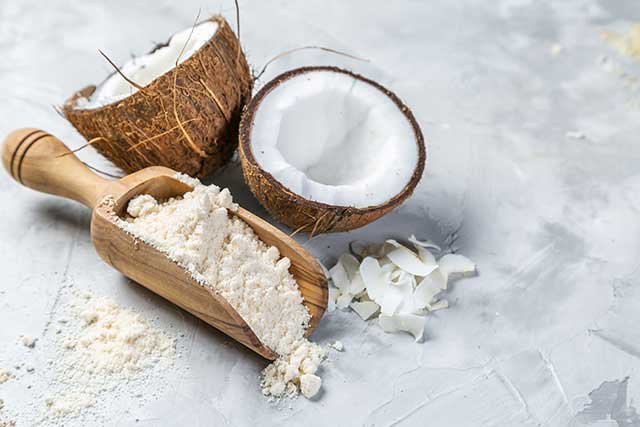
Chickpea Flour
Chickpea flour is packed with approximately 21g of protein. It is a source of fiber and has been proven to help promote heart health, decrease the risk of developing diabetes and increase the immune system. Regarding the nutritional value, it provides an array of minerals and vitamins.
It contains a high amount of vitamin B6, potassium, zinc, thiamine, and selenium, an effective antioxidant. Furthermore, it is an abundance of magnesium, calcium and folate. They are suggested for pregnant women as they can help fight neural tube issues.
Chickpea flour, also referred to as besan, garbanzo, or Gram flour, is a common component of Indian food preparation. It is used in various dishes such as the socca (Chickpea pancakes) as well as Jhunka (Spicy Indian soup) and Senagapindi Kura (Onion stew).
Chickpea flour is rich in fiber but low in calories, and the ingredient is utilized in a variety of dishes made with rice flour. Garbanzo can be mixed with other gluten-free flours to make pizza, bread or as an ingredient to thicken stews and soups.
A thin coating of chickpea flour can be an excellent replacement for rice flour when frying, and it helps fry foods stay crisp for longer. Furthermore, garbanzo is devoid of taste whatsoever, which means it won’t alter the dish’s flavor in case you introduce too much.

Millet Flour
While many alternative rice flours can be suitable for baking or thickening liquids, millet is an excellent alternative to rice flour in cooking food items. Millet has a mildly bitter taste, but it can be used in desserts and savory dishes. A further benefit is that it can give a wonderful cake-like texture when baking your desserts. But, it is best to combine this with another flour substitute to prevent your baked goods from becoming gummy or too strong-flavored.
Millet flour can also be an excellent option since it makes baked goods soft and fluffy. While it is similar to wheat flour on the surface, millet flour is suitable for gluten-free diets and good in protein and other essential nutrients. Although millet flour gives cakes and bread a lovely crumb, it can also make them somewhat crumbly, and consequently, this type of flour should be utilized in conjunction with all-purpose flour.
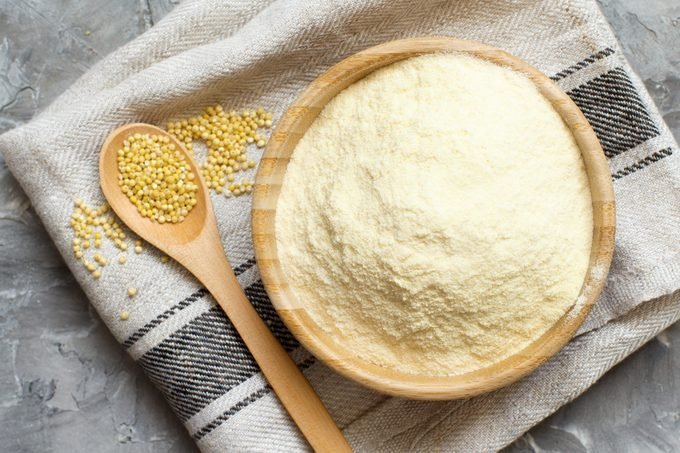
Potato Starch
Potato starch is a great gluten-free alternative that can be used as a substitute for many things. You can use it to thicken; however, it is important to ensure it’s not cooked too long. When it is simmered or cooked for an extended time, it begins to break into pieces and then lose its ability to thicken.
It creates a thin and crisp exterior that doesn’t take in too much oil. Rice flour and potato starch are similar and frequently used in the same way. Making potato starch involves taking the starch out of the potato.
The starch is then dried and ground into a powder similar to cornstarch. If you are using potato starch to thicken gravy, sauces or liquids, it is important to be aware that cornstarch can be the strongest thickening agent than rice flour. This means that you’ll require less of it than other thickening agents to add thickness to the sauce.
You can make your potato starch slurry by mixing one tablespoon of starch from potatoes and two tablespoons of water to make the perfect substitute for thickening one cup of liquid.
There is a good chance that your food will be better if you use the potato starch in place of rice flour. Potato starch can make the food you fry crispy and enhances the taste. Like rice flour, potato starch can’t absorb excess oil, so the food you fry won’t be a huge source of calories.
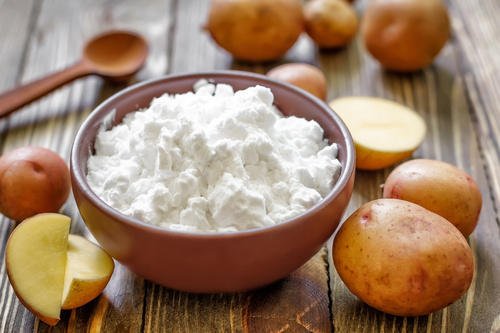
Frequently Asked Questions about rice flour
What happens if you use the rice flour in place of all-purpose?
In addition, rice flour doesn’t take in fat or liquids as wheat flour does. This can cause cakes to spread out and cookies to be greasy and soft when you make a direct substitute for all-purpose flour. Rice flour, just like other gluten-free flours, should be utilized in conjunction with different flours.
What happens when we consume rice-based flour?
Rice flour, specifically the brown kind, is a great source of fiber, which is beneficial for digestion and has also been shown to lower cholesterol levels.
Is rice flour refined?
Refinement also takes out various nutrients, including fiber. The refined grains are white flour as well as white rice and bread.


We are baking experts and connoisseur of food with decades of cooking experience to cook and bake a variety of scrumptious food item to awaken the taste buds of people who eat our baked delights.
With our gumption, alacrity along with astute acumen to pick the authentic and best quality ingredients from across the world to make the scrumptious recipes which soothes the taste buds of eater has made him the name on which people can count on when it comes to cooking advice, world class meals and cuisines native to the different cities of world.
Our chefs unique ability improvise and make baked dishes with different raw produce and ingredients in less time which are delicious and relished by the guests has made kooky bakes leader in the arena of baking and serving mouth watering food.
